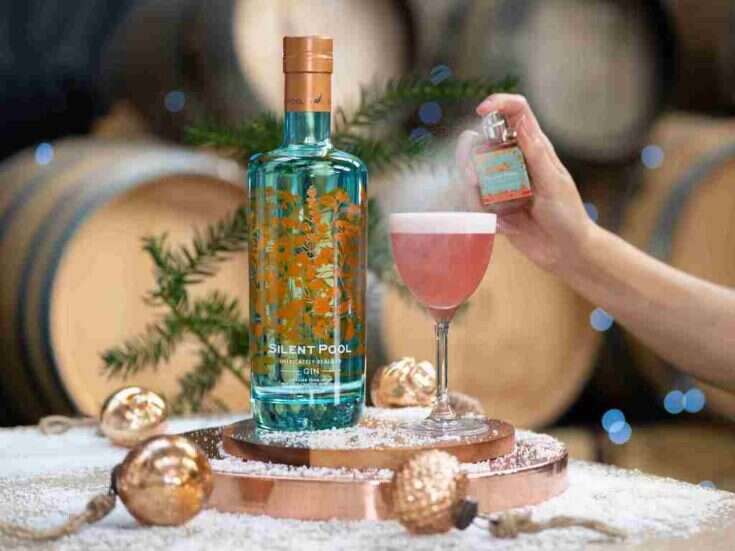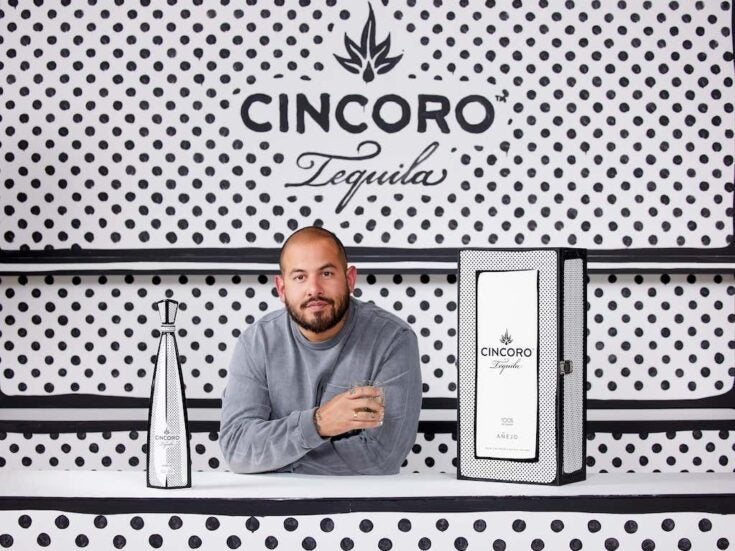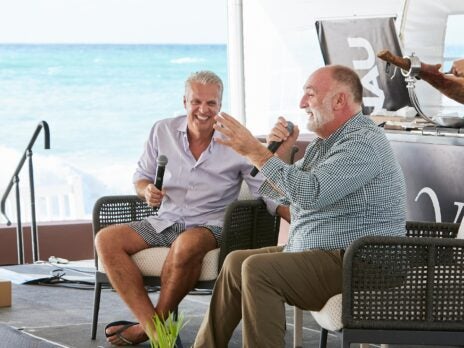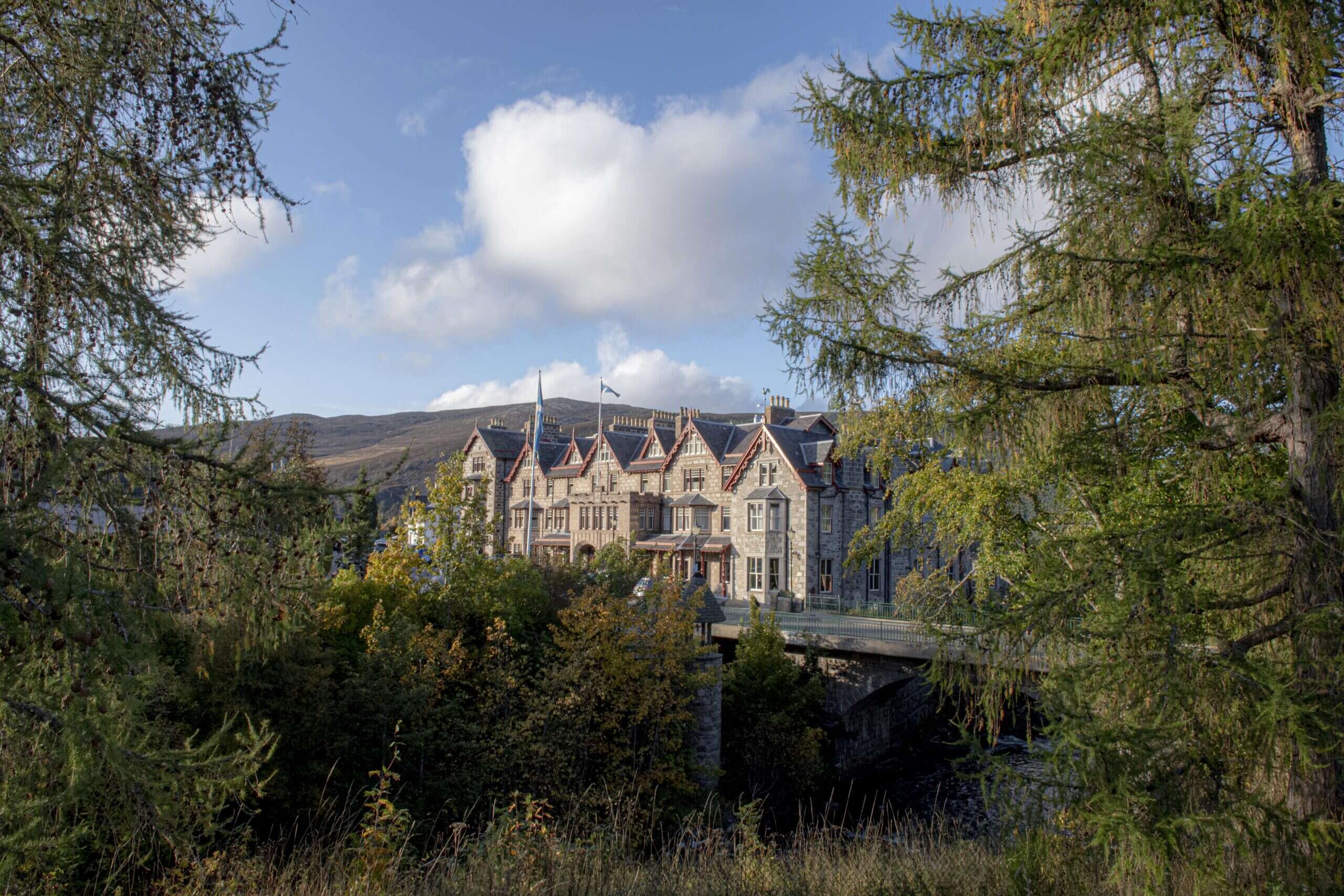
People say that Scotland never leaves you and truthfully, the rich history, culture and landscape of this beautiful country isn’t one you’d want to forget. This was certainly the case for The Fife Arms’ whisky ambassador, Katy Fennema, who despite leaving her home country for the bright lights of London as a teenager, was drawn back by the mountains, the wilderness and, most importantly, the whisky.
“My parents remind me frequently that when I left, I said ‘well, that’s it. I’ll never be back. London is the only place for me’,” Katy tells Elite Traveler. But, in 2014 she went back on her own word and returned to Braemar, a town where her family has had roots for some several hundreds of years, to open a small hotel that specialized in whisky tastings with her husband. But, it turned out they loved introducing people to whisky a lot more than they loved being hoteliers.
“We loved it so much that we really didn’t want to be cleaning rooms and doing all the other stuff related to running a hotel,” she says. “So, we [moved on] and opened a business which we still have to this day: Braemar Highland Experience.”
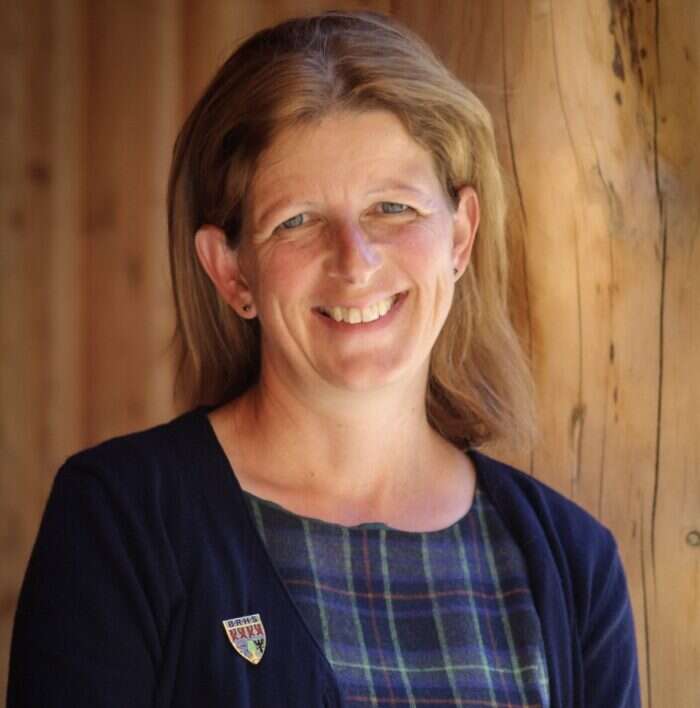
Katy Fennema is whisky ambassador at The Fife Arms / ©The Fife Arms
Braemar Highland Experience takes guests on immersive journeys into the Scottish landscape, with a special focus on (you guessed it) whisky, with bespoke tastings, history lessons and tours taking place in the great outdoors.
As well as commercial expeditions, Braemar Highland Experiences has long-run whisky excursions and tastings for guests at the luxurious Fife Arms hotel. And so, when the hotel opened its all-new whisky bar under the name of Bertie’s in 2021, Katy was a natural fit to take on the role of whisky ambassador.
As part of this role, Katy has been able to inject some real fun into a drink that has for too long had a serious personality. “Whisky has become far more fun recently,” she says. “It’s not enough to just drink a dram and that be the end of it. It’s about making the whole thing into an experience.”
[See also: The Most Exclusive Scotch Whisky Experiences]
One such experience that Katy offers is taking guests out to the site of an illicit still in the Scottish countryside and hosting a tasting of something that would have been very much like what was drunk in yesteryear. “We take whisky outside of the room,” Katy explains. “At the end of the day, the best whisky I’ve ever drunk has been out on the hillside. It brings it back to its roots.
Back in the bar, the fun continues. “Bertie’s is an unusual bar in that you don’t just drink a dram and go. You want to dedicate a few hours to it,” Katy explains. “We arrange our whiskies by flavor profile and I think that’s really nice because if you go by regions, it’s quite alienating for novices. But to be able to work your way through an experience in a tasting led by flavor just opens up people’s worlds.”
“It’s got to be fun,” she says. “It’s got to be about playing around with what works for you, whether that’s a little water, some ice, with ginger ale or in a cocktail. It’s drinking whisky, as you want to drink whisky and enjoying it for that and not being uptight. It is the dream to be working there. Everyone always says it must be your dream job and it absolutely is.”
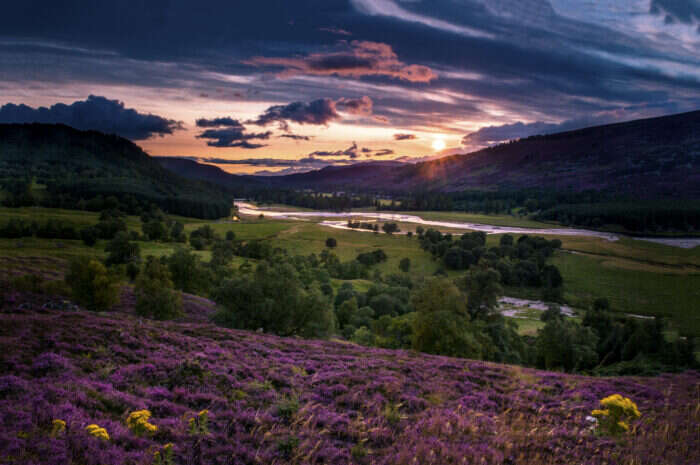
Braemar Highland Experience takes guests on immersive journeys into the Scottish landscape / ©Getty
And in taking the role as the Fife Arms’ whisky ambassador, Katy has become one of a growing number of women who are together reshaping the Scotch industry as we know it. Despite a significant amount of female master blenders (Stephanie Macleod at Dewar’s, Emma Walker at Johnnie Walker and Rachel Barrie of GlenDronach, Benriach and Glenglassaugh, to name a few) and historic evidence of women heavily involved in domestic whisky production through the 17th and 18th centuries, there is still an undeniable gender bias in the industry. Overwhelmingly, this is a spirit that is not only primarily marketed to, but also made by, men.
Advertising is of course one of the main culprits for pushing this male-dominated narrative. “When single malt started to be promoted in the 1960s, we only occasionally had adverts with a woman, and then it was as a supporting role,” Katy says. “And then we have the advertising that promotes for women to buy whisky as a present for their husbands.”
[See also: Sustainable Whisky and Spirits for Eco-Conscious Drinkers]
More recent adverts aren’t blame-free, either, with several supposedly modern brands falling into the age-old trap of hyper-sexualizing women with the sole purpose of selling whisky to men. But this isn’t to say that women don’t drink whisky – quite the opposite.
“Over half of the people in my tastings are women,” Katy says. And the stats are there to back her up, with research by Kantar (paywall) showing that in 2020, women were drinking 40 million more glasses of whisky in comparison to 2010, a 15% increase. Compared to a 6% decrease of male whisky drinkers, this marks a real shift. The future is bright for change-making women in whisky.
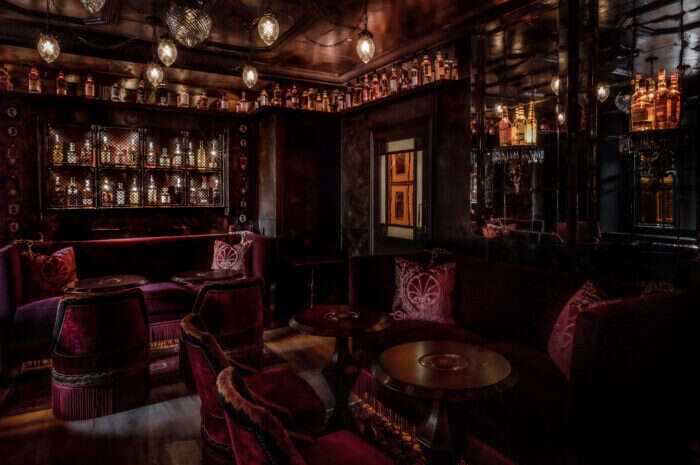
Bertie’s opened in 2021, giving The Fife Arms’ guest an immersive way to experience whisky / ©The Fife Arms
“When I look at the [number of] women that are in the industry, […] I think we’re starting to see real change and I’m really excited to see more and more women entering the industry,” Katy says. “There are plenty of options with [whisky] apprenticeships and more women launching their own distilleries.” She’s keen to mention one woman in particular who is not only breaking down the industry’s gender barriers but also tackling its growing sustainability problem: Annabel Thomas, the founder of Scotland’s first carbon-neutral distillery, Nc’nean.
“I’m a massive fan of Annabel, Nc’nean and everything they’re doing. We’re seeing small startups that are really making a massive impact in the industry and on drinkers,” says Katy. And Nc’nean’s influence is already very apparent. Despite labeling itself as being ‘quietly disruptive’, the distillery’s award-winning inaugural release sold for an impressive $53,000 at auction.
However, Nc’nean’s comparative newness has made sustainability a little easier for the distillery, with starting from scratch allowing the team to implement meaningful initiatives from the get-go. For the older, more established distilleries, who have done things a certain way for hundreds of years, the challenge is a bit more daunting. “We have a commitment from the Scottish Whisky Association to be net-zero by 2040,” Katy explains. “And I think for some of the older, more traditional distilleries that will be hard work. I’m sure they’ll get there, but I think that will be hard work.”
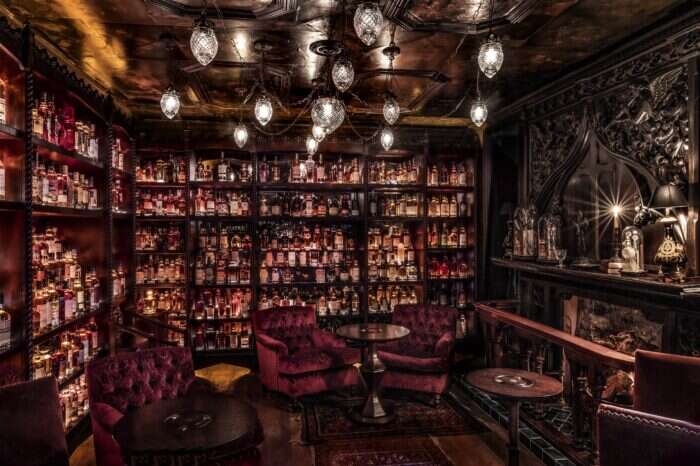
Bertie’s extensive whisky collection is arranged by flavor, not region / ©The Fife Arms
Sustainability was also a priority in the making of The Fife Arms’ first-ever whisky release. Launched to mark the opening of Bertie’s, the full makeup of the blended Scotch is a closely kept secret, with even Katy unsure of the exact mix (“I couldn’t tell you even if I wanted to!”). What she can say, however, is that its subtle hints of smoke come courtesy of Ardnamurchan, which is run entirely on renewable energy. “I think this quite clearly shows how passionately we believe in sustainability at Bertie’s,” says Katy.
It’s clear that environmental preservation is a priority for whisky drinkers too, not just makers. “I’ve tried a few experiments recently and not talked about sustainability during tastings, and every time I miss out talking about it, I’m asked questions about it. It’s quite clear it’s something that our tasters are interested in,” she says.
“I kick off a lot with Nc’nean at my tasting and peoples’ faces light up when I tell them the story of how they are net-zero, how they use organic barley and how the beautiful bottle is recycled,” she adds. “They walk out the door saying they’re going to be buying Nc’nean.”
Ultimately, Katy believes, it is the drinkers that will save the whisky industry as it looks to battle the new challenge of the climate crisis. She concludes: “We have to be committed as an industry because Scotland and Scotland’s whisky has a pristine image. We promote this beautiful, untouched landscape and that’s how we market our whisky. So, if we don’t tackle sustainability, we’ve lost that image and then we’ll lose our drinkers. Sustainability is crucial.”
[See also: The Best Scotch Whisky Brands in the World]
